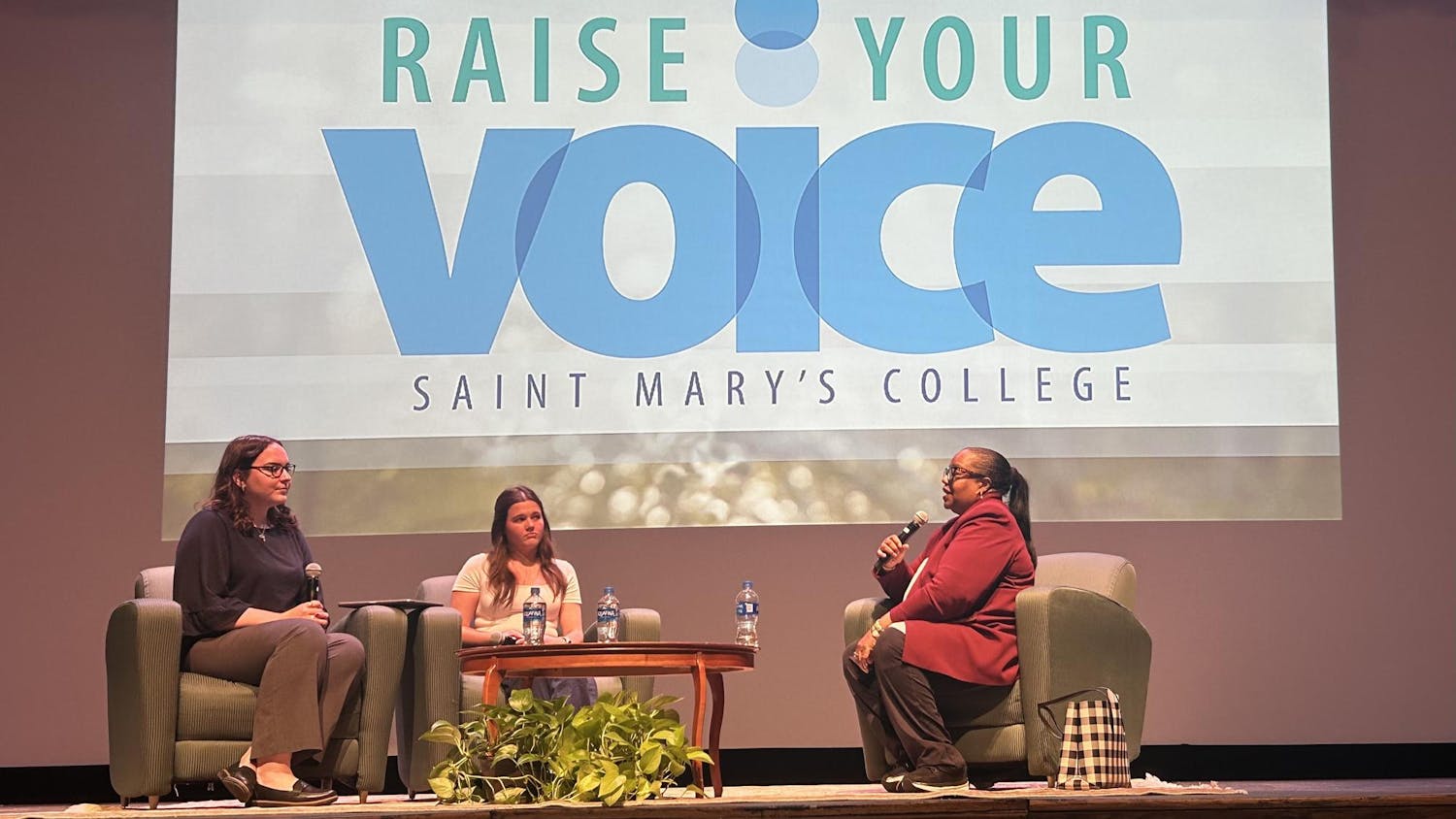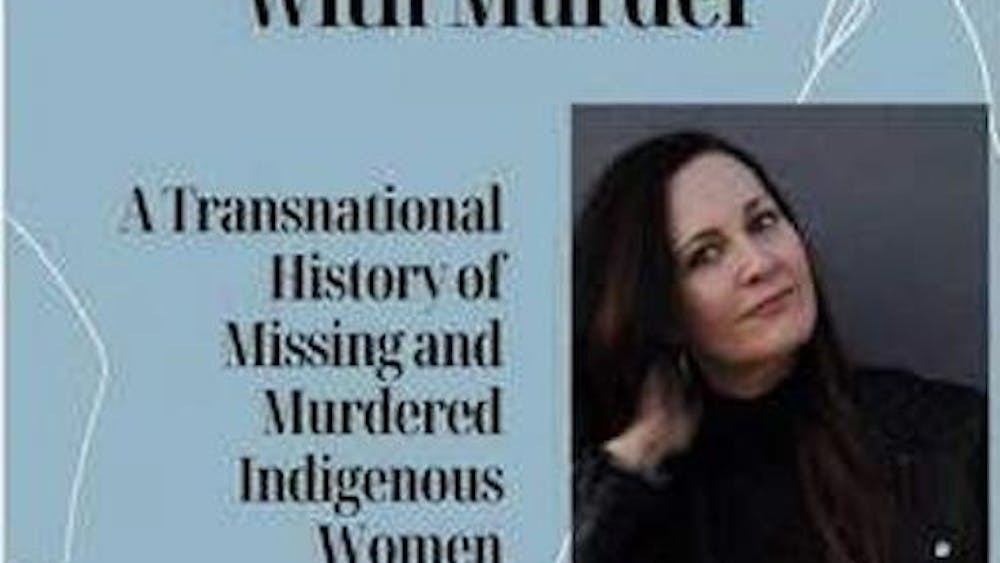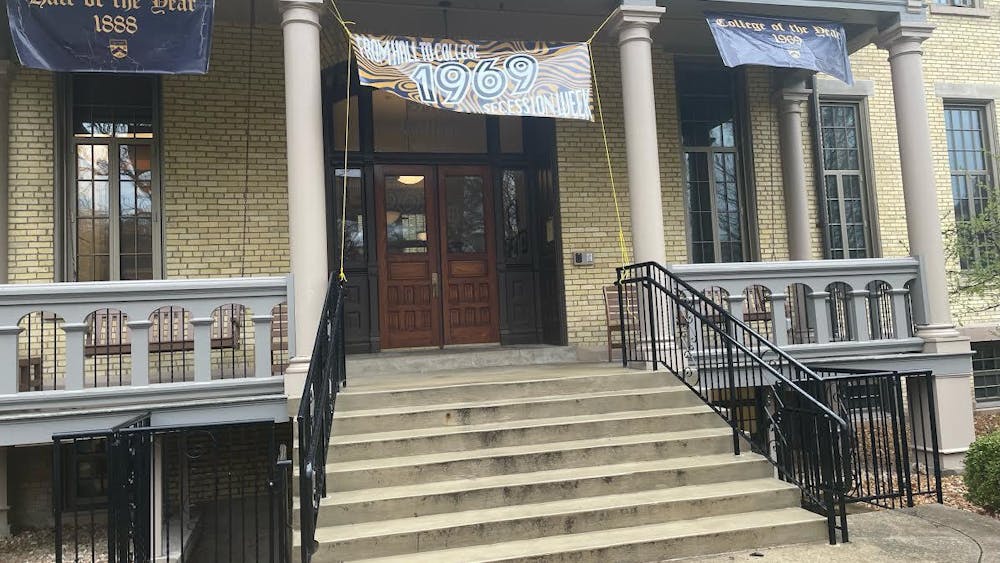On Monday evening, Ashish Sharma of the department of civil and environmental engineering addressed climate change across the world and in America during a lecture entitled “Global Warming and Social Justice: Fighting for Vulnerable Chicago Neighborhoods” to kick off Notre Dame Energy Week.
Sharma, a specialist in the environments of the Great Lakes, said changing temperatures in the past century and an increasing number of floods and wildfires since 1950 across the globe point to the fact that global warming is an urgent issue.
“You could have flooding. You could have cold spells. Or there could be extreme events like hurricanes and tornadoes,” he said. “These signs are showing that global warming is real.”
Sharma then explored the deepening income gap between the rich and poor in Chicago, the city at the center of his research. He said this divide has been increasing for decades. Chicago now has the eighth-highest income inequality of cities in America, he said.
“What we’re seeing is an increasing social divide,” Sharma said. “We need to start measuring cities.”
Sharma said there is simply not enough data collected from cities. This problem is the crossroads of social injustice and environmental science; the solution going forward is to understand the ways our cities work. Current data, from crime analytics to city temperatures to health problems within the city of Chicago, are “typically proprietary, fragmented and closed,” Sharma said. He has been part of a project called Array of Things (AoT), which installs sensors around the city of Chicago to track information like traffic patterns, emissions rates and other data that could be relevant for study. Sharma said his goal is to install 500 sensors.
“100 sensors are operational as of last year,” he said.
The data collected from the AoT sensors are publicly available. The system will be used not only as a sensor network, Sharma said, but also as a platform for testing new sensor technologies. He said he hopes the sensors will be cheap enough to be installed in any major city, but still smart enough that they can accurately track patterns. He said he envisions the information being used in local governments, so they can better discern where to invest money.
“Cities should have, in the board room, energy scientists, city planners and social scientists at the same table speaking the same language,” Sharma said.
The AoT system, gathering and analyzing data from so many different facets of city life, will predict the most important places to target for change, he said. Based on the data so far, Sharma said this means trying to install green roofs in the poorest neighborhoods in Chicago. Sharma’s studies have shown that green roofs absorb heat from the industrial cityscape, which in turn leads to a healthier population. The hottest neighborhoods in Chicago are the poorest, so Sharma said they need green roofing the most.
Notre Dame Energy Week continues tomorrow with the lecture “Kodiak, Alaska: How an Energy Co-Op Went 100% Renewable” by Darron Scott, CEO of Kodiak Electric Association.













